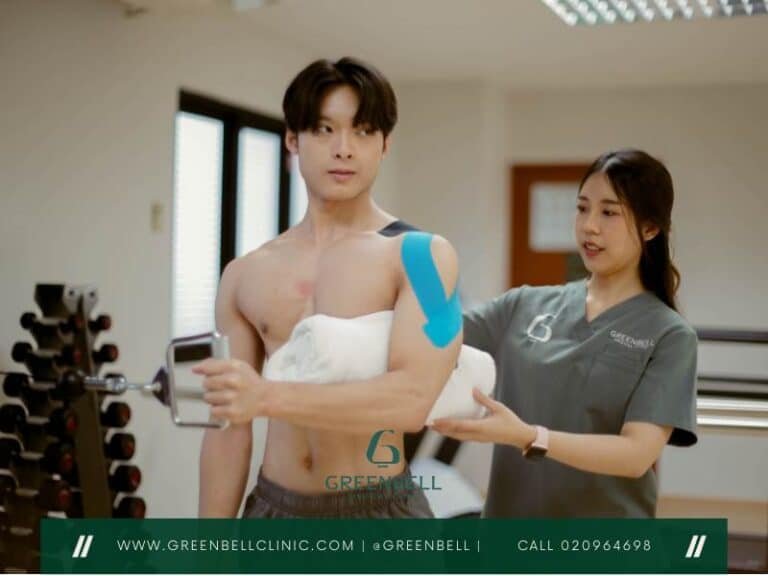Are you tired of living with persistent shoulder pain? Do you find yourself limited in your daily activities due to discomfort and restricted mobility? Whether you’re experiencing mild discomfort or severe pain, finding effective solutions for rotator cuff injuries can seem like a dIf you’re someone who has experienced the agonizing pain of rotator cuff shoulder pain, you know just how debilitating it can be. Daily activities that were once effortless become excruciating, leaving you desperate for relief. Whether caused by an injury, overuse, or even age-related wear and tear, shoulder pain rotator cuff issues can greatly impact your quality of life.
Thankfully, there are a multitude of solutions and treatments available to help alleviate your discomfort and improve your shoulder mobility. From simple home remedies to professional interventions at a physiotherapy clinic, the key to finding rotator cuff relief may be closer than you think.
In this article, we will dive into the various options for shoulder pain relief, exploring both conventional and alternative approaches. Whether you’re a fitness enthusiast desperate to get back to your regular exercise routine or someone simply looking to regain pain-free range of motion, our comprehensive guide will provide you with the knowledge you need to make an informed decision about your shoulder health.
So, let’s embark on this journey together and discover the steps you can take to find the relief you so desperately seek. Who knows, the solution to your rotator cuff shoulder pain may be just a few paragraphs away.
aunting task. But fear not! In this comprehensive guide, we will explore a range of shoulder pain solutions and treatments that can help alleviate your discomfort and improve your shoulder mobility. Are you ready to discover the key to rotator cuff relief?
Key Takeaways:
- Understanding the anatomy of the rotator cuff is crucial for comprehending shoulder mobility and potential injuries.
- Identifying the symptoms and causes of rotator cuff injuries is essential for accurate diagnosis and timely intervention.
- Diagnostics, such as physical examination techniques and advanced imaging, can help identify the source of shoulder pain.
- At-home remedies and lifestyle adjustments, like R.I.C.E. therapy and specific exercises, can aid in managing shoulder pain.
- Navigating treatment options, from conservative approaches to surgical interventions, empowers individuals to make informed decisions about their care.
Understanding the Anatomy of the Rotator Cuff
In this section, we will delve into the anatomy of the rotator cuff, highlighting its four main components: supraspinatus, infraspinatus, teres minor, and subscapularis. Understanding the structure and function of these muscles and tendons is crucial for comprehending shoulder mobility and the potential causes of rotator cuff injuries. By gaining insights into how the rotator cuff operates, individuals can better understand the importance of maintaining the health and strength of these structures to prevent and address shoulder pain.
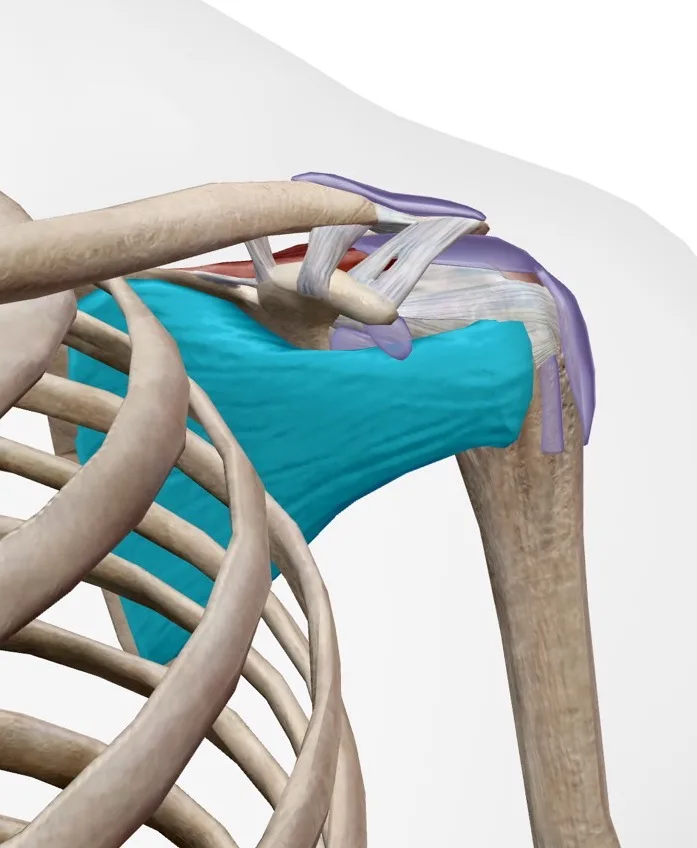
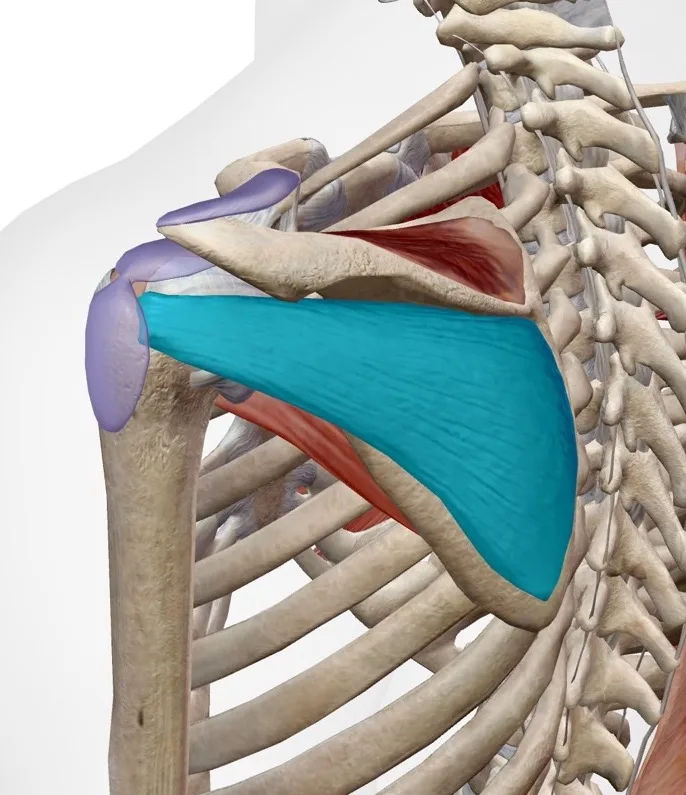
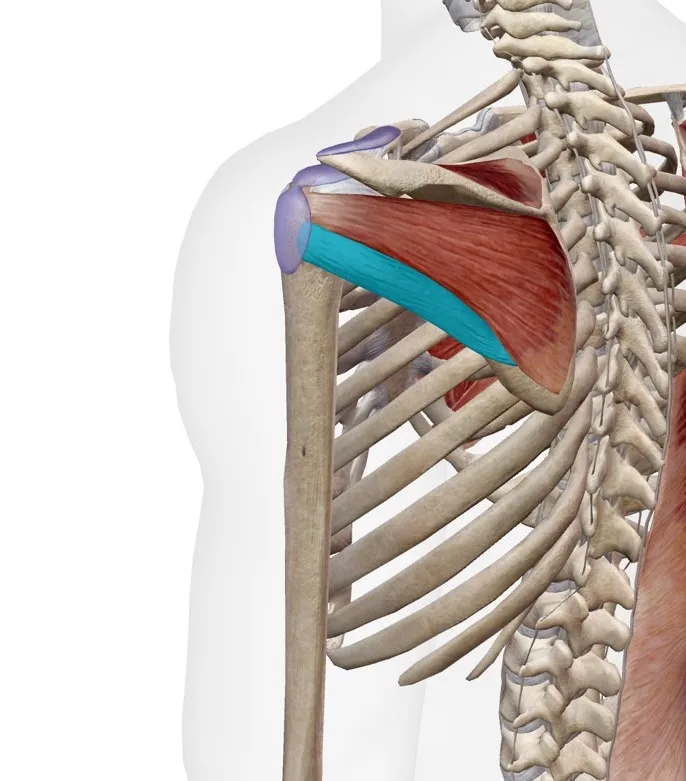
The rotator cuff is composed of four muscles, each playing a vital role in stabilizing and moving the shoulder joint:
- Supraspinatus: Located on the top of the shoulder blade, this muscle helps initiate shoulder abduction (raising the arm away from the body) and plays a crucial role in shoulder strength.
- Infraspinatus: Situated on the back of the shoulder blade, the infraspinatus muscle aids in external rotation (turning the shoulder outward) and contributes to shoulder stability and mobility.
- Teres Minor: Found alongside the infraspinatus, this muscle also assists in shoulder external rotation and helps prevent shoulder dislocation.
- Subscapularis: Located on the front of the shoulder blade, the subscapularis muscle helps with internal rotation (turning the shoulder inward) and stabilizes the shoulder joint during overhead movements.
The Role of Muscles and Tendons in Shoulder Mobility
The rotator cuff muscles work in collaboration with other muscles and tendons in the shoulder to facilitate smooth and controlled movements. These muscles and tendons act as a dynamic stabilizer to maintain proper alignment and function of the shoulder joint. They provide both stability and mobility, allowing for a wide range of shoulder movements such as reaching, lifting, and throwing.
However, when the rotator cuff muscles and tendons are compromised through injury or degeneration, shoulder mobility can be significantly affected, leading to pain, weakness, and limited range of motion.
| Muscle | Function | Injury Symptoms |
|---|---|---|
| Supraspinatus | Initiates abduction of the arm, supports arm elevation | Painful shoulder abduction, weakness in arm elevation |
| Infraspinatus | External rotation, shoulder stability | Pain, weakness in external rotation |
| Teres Minor | Assists in external rotation, shoulder stability | Pain, weakness in external rotation |
| Subscapularis | Internal rotation, shoulder stability | Pain, weakness in internal rotation |
By understanding the anatomy of the rotator cuff and the importance of its components in shoulder mobility, individuals can take proactive steps to maintain the health and strength of these muscles and tendons, enabling them to prevent injuries and optimize their overall shoulder function.
Common Symptoms and Causes of Rotator Cuff Injuries
Rotator cuff injuries can cause a range of symptoms and significantly impact shoulder mobility. Understanding the common signs and causes of these injuries is crucial for accurate diagnosis and effective treatment. Here, we will explore the key symptoms to watch out for and the various factors that contribute to rotator cuff problems.
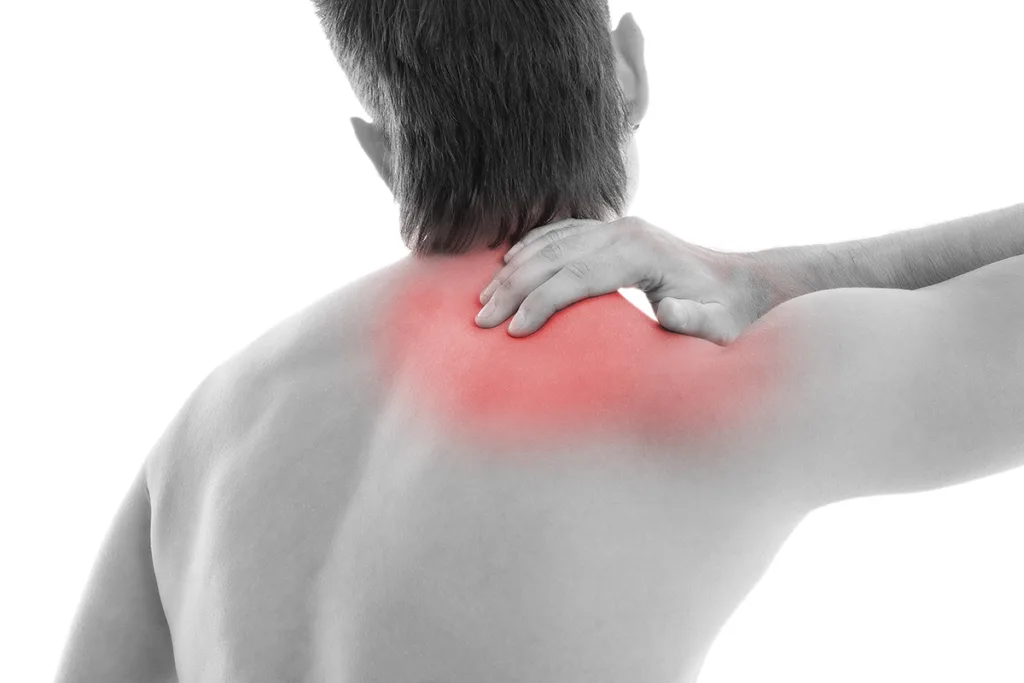
Common Symptoms
Rotator cuff injuries often manifest through a variety of symptoms that can vary in severity. These include:
- Shoulder pain: The most recognizable symptom of a rotator cuff injury is shoulder pain, which can be dull, achy, or sharp.
- Weakness: A weakened shoulder is a common symptom, making it difficult to perform routine activities or lift objects.
- Limited range of motion: Rotator cuff injuries can lead to a reduced range of motion in the shoulder, making it challenging to reach overhead or perform certain movements.
- Pain at night: Many individuals with rotator cuff injuries experience increased pain and discomfort at night, leading to difficulty sleeping.
- Clicking or popping sounds: Some individuals may notice clicking or popping sounds when moving their shoulder, indicating a potential rotator cuff problem.
Causes of Rotator Cuff Injuries
Rotator cuff injuries can occur due to various factors and activities that put strain on the shoulder. The most common causes include:
- Repetitive motions: Repeatedly performing overhead movements or engaging in activities that strain the shoulder, such as swimming or throwing, can contribute to rotator cuff injuries.
- Trauma: A sudden, forceful impact or a fall directly on the shoulder can result in a rotator cuff injury.
- Age-related degeneration: As individuals age, the tendons in the rotator cuff may degenerate, making them more susceptible to injuries.
- Improper lifting techniques: Lifting heavy objects with poor form or using the shoulder muscles instead of the leg muscles can strain the rotator cuff and lead to injuries.
By being aware of these common symptoms and causes, individuals can recognize when they might be experiencing a rotator cuff injury and take appropriate steps towards diagnosis and treatment.
Diagnostics: Identifying the Source of Shoulder Pain
In order to accurately diagnose the source of shoulder pain, healthcare providers employ a combination of physical examination techniques and advanced imaging technologies. These diagnostic procedures help determine the extent and nature of rotator cuff injuries, guiding the appropriate treatment plan for each individual.
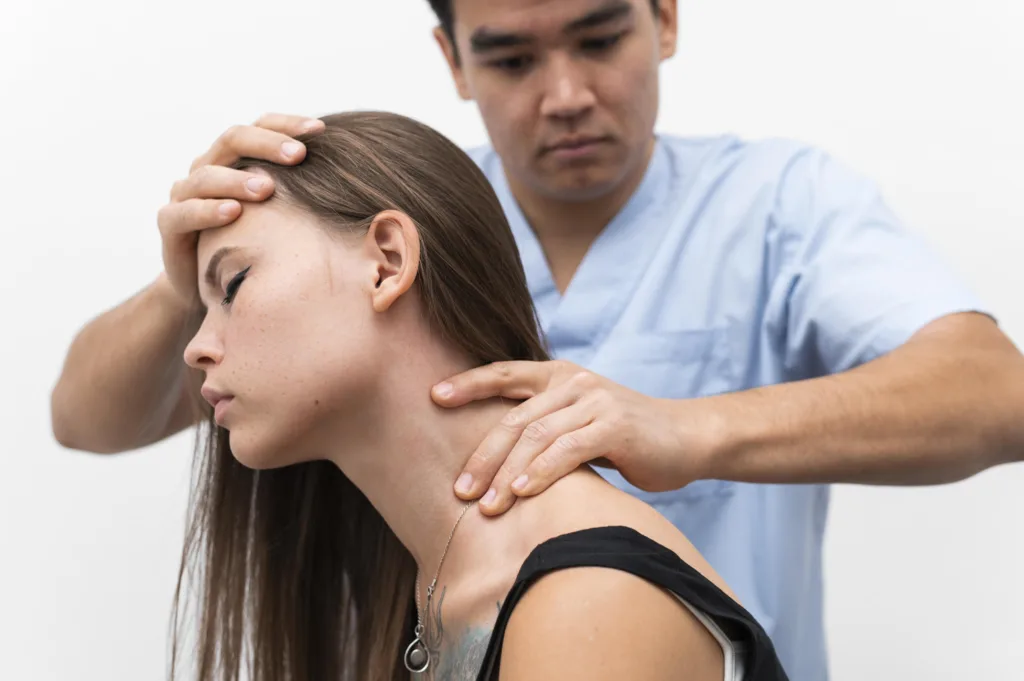
Physical Examination Techniques
During a physical examination for shoulder pain, the healthcare provider will assess various factors to evaluate the range of motion, strength, and stability of the shoulder joint. This may involve:
- Observing the patient’s posture and shoulder alignment
- Palpating the shoulder area to detect tenderness or swelling
- Testing the patient’s ability to perform specific movements, such as reaching overhead or rotating the arm
- Evaluating muscle strength and the presence of any muscle imbalances
By carefully analyzing these physical examination findings, healthcare providers can gather valuable information about the underlying causes of shoulder pain and tailor the treatment approach accordingly.
Advanced Imaging: X-rays, Ultrasounds, and MRIs
In addition to physical examination, advanced imaging technologies play a crucial role in diagnosing rotator cuff injuries. These diagnostic tools provide detailed images of the rotator cuff and surrounding structures, enabling healthcare providers to accurately evaluate the extent of the injury and plan appropriate treatment strategies.
X-rays are often the first step in imaging, as they can help identify bone abnormalities, fractures, or arthritis-related changes. While X-rays primarily capture bone structures, they can also reveal signs of tendon damage or calcium deposits.
Ultrasounds utilize sound waves to create real-time images of the shoulder, allowing healthcare providers to assess the integrity of tendons, muscles, and other soft tissues. They are particularly useful in identifying tears, inflammation, and fluid accumulation in the rotator cuff.
Magnetic Resonance Imaging (MRI) provides a comprehensive view of the shoulder joint and surrounding structures. It offers detailed images of not only the rotator cuff but also the cartilage, ligaments, and other soft tissues. MRIs are highly effective in diagnosing rotator cuff tears, identifying the size, location, and severity of the injury.
By combining the results of physical examinations with the insights gained from advanced imaging technologies, healthcare providers can make accurate diagnoses and develop personalized treatment plans for individuals with shoulder pain caused by rotator cuff injuries.
At-Home Remedies: Lifestyle Adjustments for Pain Management
If you’re experiencing shoulder pain caused by rotator cuff injuries, there are several at-home remedies and lifestyle adjustments that can help alleviate discomfort and promote healing. Along with seeking professional medical advice, incorporating these self-care strategies into your daily routine can contribute to long-term shoulder pain relief and improved mobility.
The Effectiveness of R.I.C.E. Therapy
R.I.C.E. therapy, which stands for Rest, Ice, Compression, and Elevation, is a widely recognized and effective approach for managing pain and inflammation in the shoulder. By following these simple steps, you can help reduce swelling and support the healing process:
- Rest: Avoid activities or movements that exacerbate your shoulder pain. Give your shoulder ample time to rest and recover.
- Ice: Apply an ice pack or a bag of frozen vegetables wrapped in a cloth to your shoulder for 15-20 minutes, several times a day. This can help reduce pain and swelling.
- Compression: Consider using a compression bandage or wrap to provide gentle support to your shoulder. This can help reduce inflammation and provide stability.
- Elevation: Prop up your arm and shoulder on a pillow or cushion, keeping it elevated above heart level whenever possible. This promotes better blood flow and reduces swelling.
It’s important to note that while R.I.C.E. therapy can provide temporary relief, it should not replace a proper diagnosis and treatment plan from a healthcare professional.
Exercises to Alleviate Shoulder Impingement
In addition to R.I.C.E. therapy, specific exercises and stretches can help alleviate shoulder impingement, one of the common causes of rotator cuff injuries. These exercises aim to improve range of motion, strengthen the surrounding muscles, and relieve pain:
- Pendulum swings: Stand next to a stable surface and lean forward, allowing your injured arm to hang freely. Gently swing your arm forwards and backward, side to side, and in circular motions. This exercise helps improve flexibility and promotes fluid movement in the shoulder joint.
- External and internal rotations: Use a resistance band or a small weight to perform external and internal rotation exercises. These movements strengthen the rotator cuff muscles and promote better stability in the shoulder.
- Doorway stretch: Stand in a doorway with your injured arm extended out to the side at shoulder level. Place your forearm against the door frame and gently lean forward, feeling a stretch in the front of your shoulder. Hold for 30 seconds and repeat several times. This stretch helps improve flexibility and relieve tension in the shoulder.
Remember to start with gentle movements and gradually increase intensity as your pain tolerance and range of motion improve. If you experience severe pain or discomfort during any exercise, stop immediately and consult with a healthcare professional.
At-Home Remedies Summary
| At-Home Remedies | Description |
|---|---|
| R.I.C.E. Therapy | A simple and effective approach to reduce inflammation and promote healing through rest, ice, compression, and elevation. |
| Shoulder Impingement Exercises | Specific exercises and stretches targeting shoulder impingement to improve range of motion and strengthen surrounding muscles. |
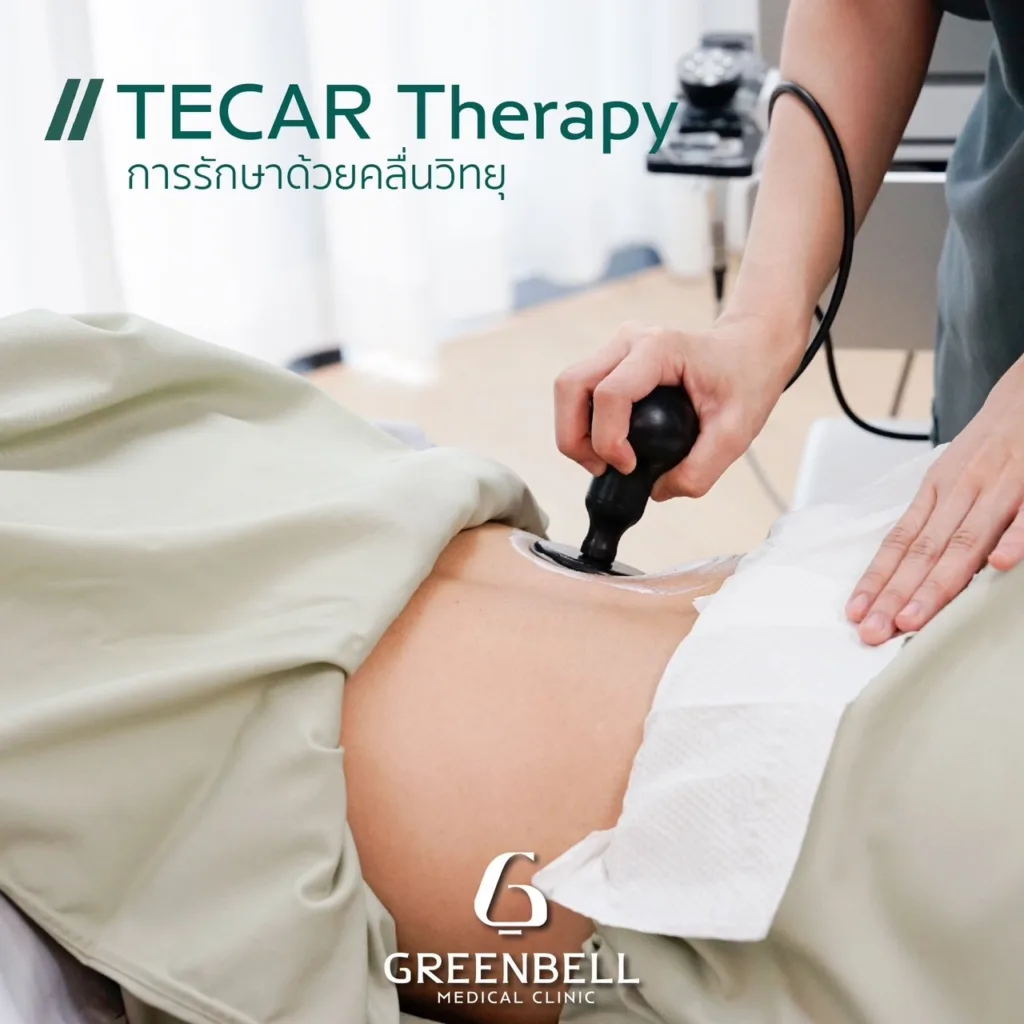
Shoulder Pain Rotator Cuff: Navigating Treatment Options
When it comes to managing shoulder pain caused by rotator cuff injuries, there are a variety of treatment options available. The choice of treatment depends on the severity of the injury, the individual’s unique circumstances, and their goals for pain relief and recovery. In this section, we will explore some of the common treatment options for rotator cuff injuries, outlining their benefits, risks, and considerations to help individuals make informed decisions about their care.
1. Physical Therapy: Physical therapy is often recommended as a conservative approach to treating rotator cuff injuries. A qualified therapist will develop a personalized treatment plan that includes exercises and stretches aimed at improving shoulder mobility, strength, and stability. Physical therapy can help reduce pain, restore function, and prevent future injuries. PMS therapy and Tecar Therapy are highly effective for treating shoulder pain. PMS therapy uses electromagnetic fields to reduce inflammation and promote tissue repair, while Tecar Therapy enhances circulation and accelerates healing with radiofrequency energy. These non-invasive treatments offer quick relief and improved mobility without medication or surgery.
2. Medications: Over-the-counter pain medications, such as nonsteroidal anti-inflammatory drugs (NSAIDs), can be used to manage shoulder pain and reduce inflammation. In some cases, a healthcare provider may prescribe stronger pain medications or corticosteroid injections to provide temporary relief from severe pain and inflammation.
3. Rest and Activity Modification: Resting the shoulder and avoiding activities that worsen the pain can help prevent further damage to the rotator cuff. Individuals may need to modify their daily activities or sports participation to avoid unnecessary strain on the shoulder joint and promote healing.
4. Surgery: In cases where conservative treatments do not provide sufficient relief, surgery may be recommended. Surgical intervention aims to repair or reconstruct the damaged rotator cuff tendons. The specific surgical procedure will depend on the extent of the injury and individual considerations.
5. Alternative Therapies: Some individuals may find relief from shoulder pain through alternative therapies such as acupuncture, chiropractic care, or massage therapy. These therapies can help alleviate muscle tension, improve blood flow, and promote relaxation, providing temporary relief from pain and discomfort.
It is important to note that the choice of treatment for shoulder pain caused by rotator cuff injuries should be based on a thorough evaluation by a qualified healthcare professional. They will consider factors such as the individual’s medical history, the severity of the injury, and their goals for recovery. By understanding the benefits and risks associated with each treatment option, individuals can navigate their shoulder pain journey with confidence.
| Treatment Option | Benefits | Risks/Considerations |
|---|---|---|
| Physical Therapy | – Improves shoulder mobility and strength – Reduces pain and inflammation – Prevents future injuries | – Requires commitment to regular therapy sessions and exercises – May not provide immediate pain relief |
| Medications | – Provides temporary pain relief – Reduces inflammation | – Potential side effects – May not address the underlying cause of the pain |
| Rest and Activity Modification | – Allows the rotator cuff to heal – Prevents further damage | – Requires lifestyle adjustments – May limit participation in certain activities |
| Surgery | – Repairs or reconstructs the damaged rotator cuff tendons – Restores shoulder function | – Potential risks associated with surgery – Requires a period of recovery and rehabilitation |
| Alternative Therapies | – Provides temporary relief from pain and discomfort – Promotes relaxation and stress reduction | – Limited scientific evidence supporting their effectiveness – May not address the underlying cause of the pain |
By exploring these treatment options and understanding their benefits, risks, and considerations, individuals can make informed decisions about their shoulder pain management and recovery journey. It is crucial to consult with a healthcare professional to determine the most suitable treatment approach based on individual needs and circumstances.
Professional Medical Interventions: When to Seek Help
In some cases, professional medical interventions may be necessary to effectively address shoulder pain caused by rotator cuff injuries. These interventions can provide targeted treatments and therapies that help individuals regain mobility, reduce pain, and promote healing.
Physical Therapy: A Path to Rehabilitation
Physical therapy is often a recommended option for individuals experiencing shoulder pain related to rotator cuff injuries. This treatment involves specific exercises and techniques that are designed to restore shoulder mobility and strength. A physical therapist will create a personalized rehabilitation program tailored to an individual’s needs, taking into account their specific injury, pain level, and overall health. Physical therapy may include exercises to strengthen the rotator cuff muscles, improve range of motion, and improve overall shoulder stability.
Injections and Medications: Understanding the Options
In some cases, injections and medications may be used to manage pain and promote healing in individuals with rotator cuff injuries. Corticosteroid injections can be administered directly into the affected area, reducing inflammation and relieving pain. These injections can provide temporary pain relief and allow individuals to engage in physical therapy and other rehabilitative exercises more comfortably.
In addition to corticosteroid injections, medications such as nonsteroidal anti-inflammatory drugs (NSAIDs) may be prescribed to help manage pain and reduce inflammation. These medications can be used in conjunction with other treatments, such as physical therapy, to alleviate symptoms and support the healing process.
It’s important to note that the use of injections and medications should be carefully prescribed and monitored by a healthcare professional. They may not be suitable for everyone, and potential risks and side effects should be considered and discussed with a healthcare provider.
In summary, professional medical interventions such as physical therapy, injections, and medications can play a significant role in managing shoulder pain caused by rotator cuff injuries. These interventions offer targeted treatments and therapies that can help individuals regain mobility, reduce pain, and promote healing. It’s important to consult with a healthcare professional to determine the most appropriate course of action based on an individual’s specific needs and circumstances.
Alternative Therapies: Exploring Tecar, Laser, and PMS Therapies
In addition to conventional treatment approaches, there are alternative therapies that can provide additional relief for shoulder pain caused by rotator cuff injuries. These alternative therapies focus on promoting healing, reducing inflammation, and relieving pain. Let’s dive into the principles and benefits of TECAR therapy, laser therapy, and PMS (Pulsed Electromagnetic Stimulation) therapy.
- TECAR Therapy: TECAR therapy is a non-invasive treatment that utilizes radiofrequency to generate heat and stimulate tissue regeneration. It can improve blood circulation, reduce pain, and accelerate the healing process. By targeting the affected area, tecar therapy promotes the recovery of the rotator cuff and helps restore shoulder function.
- Laser Therapy: Laser therapy involves the use of low-intensity laser light to promote tissue repair, reduce inflammation, and relieve pain. The laser light penetrates deep into the affected tissues, stimulating cellular metabolism and increasing the production of ATP, which is essential for cell regeneration. Laser therapy can be an effective adjunct therapy for rotator cuff injuries, providing pain relief and supporting the healing process.
- PMS Therapy: PMS therapy utilizes electromagnetic fields to stimulate the body’s natural healing mechanisms. The pulsating electromagnetic fields can improve blood flow, reduce inflammation, and relieve pain. PMS therapy is non-invasive and can be used to enhance the effectiveness of other treatments. It can be particularly beneficial for individuals with rotator cuff injuries seeking additional pain relief.
By exploring these alternative therapies, individuals can gain insights into how these treatments can complement their existing treatment plans and enhance their overall recovery. However, it’s important to consult with a healthcare professional before starting any alternative therapy to determine its suitability and safety for your specific condition.
Prevention Strategies: Minimizing the Risk of Future Injuries
Preventing rotator cuff injuries and maintaining shoulder health is crucial for athletes, active individuals, and anyone looking to minimize the risk of shoulder pain.
Importance of Proper Technique in Sports and Daily Activities
One of the key prevention strategies is to prioritize and practice proper technique during sports and daily activities. This involves maintaining proper form, using correct body mechanics, and avoiding excessive strain on the shoulder joint.
Whether you’re throwing a ball, lifting weights, or performing everyday tasks like carrying heavy bags, it’s important to ensure that your movements are biomechanically sound and that you’re using the appropriate muscle groups. This can help reduce the stress on the rotator cuff and minimize the risk of injuries.
If you’re unsure about the correct technique for a specific activity, consider seeking guidance from a trained professional such as a coach or physical therapist. They can provide valuable insights and correct any improper movement patterns that may increase the risk of shoulder injuries.
Strength and Conditioning Programs for Shoulder Health
Implementing a strength and conditioning program specifically designed to enhance shoulder health is another effective prevention strategy. These programs focus on improving the strength, stability, and flexibility of the muscles and tendons surrounding the shoulder joint, including the rotator cuff.
By following a tailored strength and conditioning program, individuals can improve their shoulder function, enhance muscular balance, and reduce the risk of shoulder injuries. These programs typically include exercises that target the rotator cuff muscles, as well as the muscles of the upper back and core that support proper shoulder mechanics.
Working with a qualified strength and conditioning coach or physical therapist is recommended to ensure that the program is tailored to your specific needs and goals. They can guide you through appropriate exercises, provide modifications when necessary, and monitor your progress to ensure that you’re safely and effectively building shoulder strength and stability.
| Prevention Strategies | Description |
|---|---|
| Proper Technique | Focus on using correct form and body mechanics during sports and daily activities to minimize strain on the shoulder joint. |
| Strength and Conditioning Programs | Follow a tailored program that includes exercises to improve shoulder strength, stability, and flexibility. |
Conclusion
In conclusion, finding relief from shoulder pain caused by rotator cuff injuries requires a comprehensive approach that combines self-care strategies, professional medical interventions, and preventive measures. It’s important to remember that shoulder pain relief is attainable, and taking the necessary steps can improve your overall shoulder mobility and function.
By understanding the anatomy of the rotator cuff and recognizing the common symptoms and causes of rotator cuff injuries, you can better navigate the treatment options available. Whether it’s physical therapy, injections, medications, or alternative therapies like tecar, laser, and PMS, there are diverse avenues to explore in finding the right solution for your shoulder pain relief.
Moreover, prevention is key. Practicing proper technique in sports and daily activities, combined with strength and conditioning programs specifically designed for shoulder health, can help minimize the risk of future injuries. Taking proactive measures and caring for your shoulders will go a long way in maintaining long-term shoulder health and preventing future rotator cuff problems.
Remember, seeking appropriate treatment is crucial. If you’re experiencing shoulder pain caused by rotator cuff injuries, consult with a healthcare professional to evaluate your condition and determine the best course of action. With the right approach, you can find relief, improve your shoulder mobility, and regain the quality of life you deserve.


